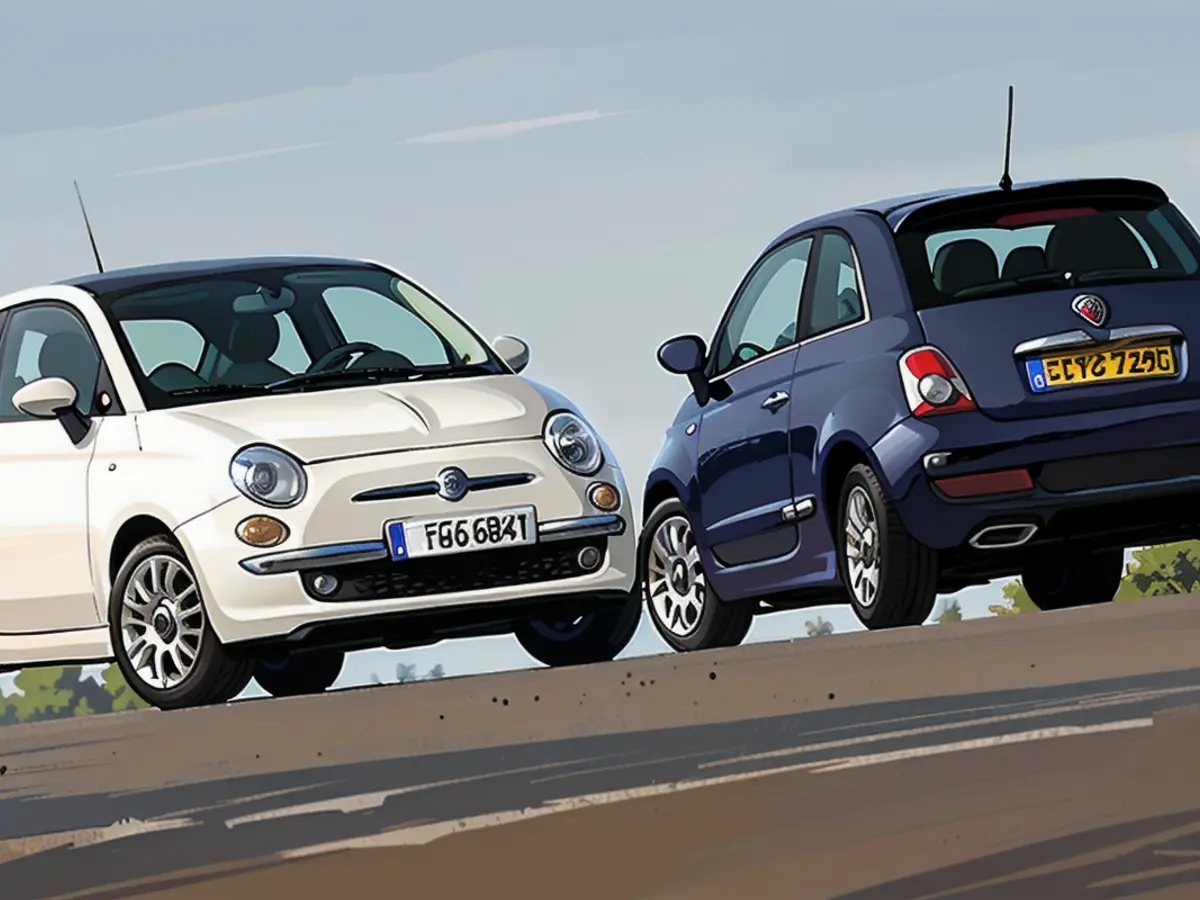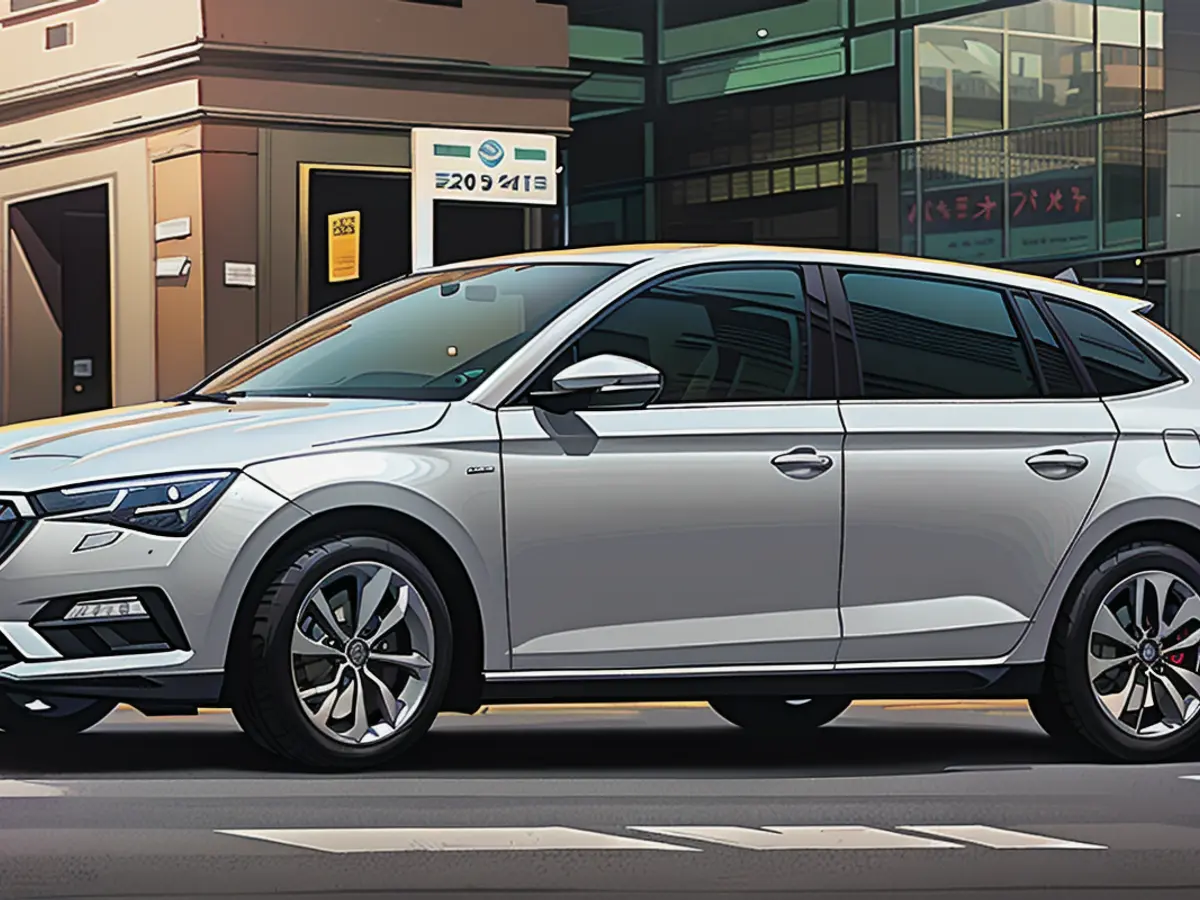Report: Lamborghini Sterrato on the test track in Nardo - A dusty affair
Every Lamborghini is a super sports car that thrills millions of car fans all over the world. But there has never been a car like the Sterrato in 60 years of Lamborghini history. With a top speed of just 260 km/h, it is the slowest Lamborghini in years and yet Gaetano Santoro's verdict is clear: "No Huracan can guarantee more driving pleasure than the Sterrato," beams the man responsible for the Huracan model series. Nardo is more than just a high-speed track. Countless car manufacturers have valued the so-called Nardo Technical Center in southern Italy for decades as a strictly secured test site, because here they can put the vehicles of tomorrow and the day after tomorrow through their paces largely undisturbed.
The Nardo Test Center was opened in 1975 by Fiat with the support of the Apulia region and the province of Lecce and was sold to Porsche in 2012. There are no fewer than 17 test tracks spread across the entire site in southern Italy's no man's land. Only one of these is the famous four-lane high-speed oval with a circumference of 12.5 kilometers and a width of 16 meters. The lanes are inclined in such a way that a driver in the outermost lane does not have to turn the steering wheel at a speed of 240 km/h. This neutral speed is maintained on the individual lanes. This neutral speed varies greatly in the individual lanes: 100 km/h in the lowest lane, 130 in the second and 190 in the third. The maximum speed is 260 km/h. Unless the track is rented out exclusively to a customer, who can override the maximum speed at will.
The speed record for production vehicles on the high-speed oval of 388 km/h was set by a Koenigsegg CCR in February 2005. Other interesting records: the first car to exceed 400 km/h (exactly 403.9 km/h) was the Mercedes C111-IV, which completed a full lap in 1.57 minutes on May 5, 1979; between August 17 and 21, 1983, three Mercedes 190E 2.3-16 broke the world endurance record by covering 50,000 km in 201 hours, 39 minutes and 43 seconds in Nardo; a Volkswagen W12 broke the track record in 24 hours, covering 7,740.57 kilometers at an average speed of an incredible 322.9 km/h. Loris Bicocchi, the driver who set the Koenigsegg speed record in 2005, has bittersweet memories of this place, as he was involved in a violent accident with a Bugatti Veyron prototype at 400 km/h shortly before setting his speed record. One of the wheels exploded, taking with it first the bumper and then the hood, which then landed on the windshield, shattering it completely and causing Bicocchi to lose control of the vehicle before crashing into the crash barriers. The car's brakes failed and Loris Bicocchi had to reduce the supersonic speed of the Veyron by dragging it against the crash barriers until it finally came to a halt. A few weeks later, the speedy Italian was in for another shock when he opened a sealed letter from the test center in Nardo containing a hefty bill for the repair of 1,800 meters of damaged crash barrier, which Bugatti then took over.
The 6.2-kilometer handling track inside the main oval is as famous as it is infamous. And the gravel track known as the Strada Bianca - the white road - with two stretches of 2,130 meters each, is also familiar to many car developers. Before setting off on one of the two Strada Bianca, Mario Fasanetto, head of Lamborghini's test driver department, gives important tips about the Sterrato and the gravel track, which he has come to know like the back of his hand during up to ten hours of daily test drives. "We will record your laps on video and all the telemetry will also be properly registered so that you can then check in the Unica app what you did right and what you did wrong and in which areas there is still room for improvement," smiles Fasanetto.
The differences between the Lamborghini Sterrato, which is limited to 1,499 vehicles, and the normal Huracan versions are as obvious as they are quickly explained. Gaetano Santoro: "The main differences compared to an Evo 4x4 result from the 44 mm higher ground clearance, the front metal elements, side skirts, a modified rear diffuser and, of course, the protective elements on the underbody." The side air intakes of the 5.2-liter naturally aspirated V10 engine have been closed and instead there is a central intake pipe above the roof to ensure that the air is as clean as possible. The suspension with its Magna-Ride shock absorbers and the LDVI on-board electronics have also been tuned for fast use on loose surfaces. The wheelbase grew by nine millimetres thanks to the off-road tyres and the vertical wheel travel was extended by 25 percent at the front and 35 percent at the rear. The Sterrato also boasts a 3 and 3.4 centimeter wider track. The plastic used in the lower and more exposed parts of the body helps to reduce the weight to 1,470 kilograms. There is also an aluminum hood, rear wing and carbon-ceramic brakes.
In the interior, where communication with co-driver Fasanetto is ensured via the helmet intercom system, the familiar elements of the Huracan family can be discovered. For example, the Alcantara-covered sports steering wheel, the switch that controls the Strada, Sport and Rally driving modes and the distinctive start button, whose red cover could also be used to launch a surface-to-air missile. Within the first few hundred meters, you can already feel that the few centimetres of extra ground clearance are enough to prevent the vehicle floor from making permanent contact with the gravel. The Bridgestone Dueler tires (235/40 at the front and 285/40 at the rear on 19-inch rims) can cope with considerable amounts of gravel and sand working in their rubber grooves.
In Rally mode, which makes the suspension springs noticeably softer, the permanent all-wheel drive favors the transfer of torque to the rear wheels, while at the same time the stability control keeps the reins looser. This turns the Sterrato into a shameless drift machine in mud, sand and gravel or in a mixture of all three, as on the Strada Bianca, preferring to drift to the side rather than forwards at will. Wedging out is guaranteed. What if the drifts in the permanent dust aren't enough? There are no limits even for donuts on the test track. All of this takes place under the throaty sound of the naturally aspirated V10 engine, which, together with the spectacular design, causes a constant stir everywhere. But that's exactly why you want to add the 313,000 euro fun maker to your own vehicle collection. A sports car can hardly be more entertaining than the slowest Lamborghini of the past decades. That's a promise. But now it's off to the car wash.
Read also:
Source: www.stern.de








